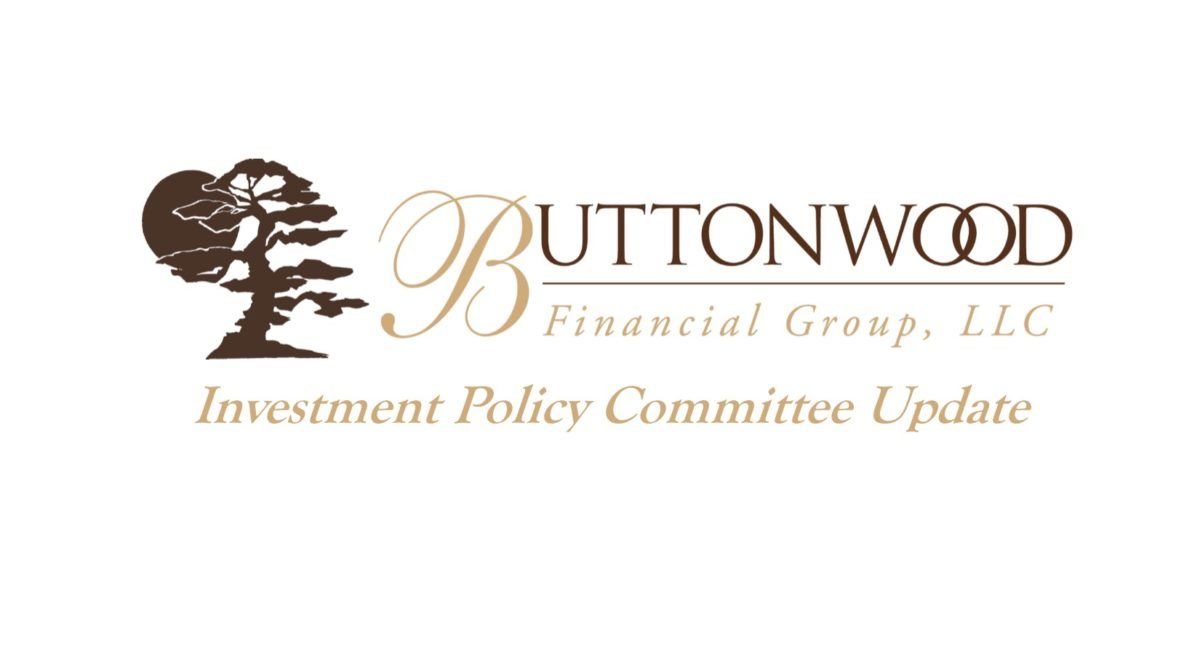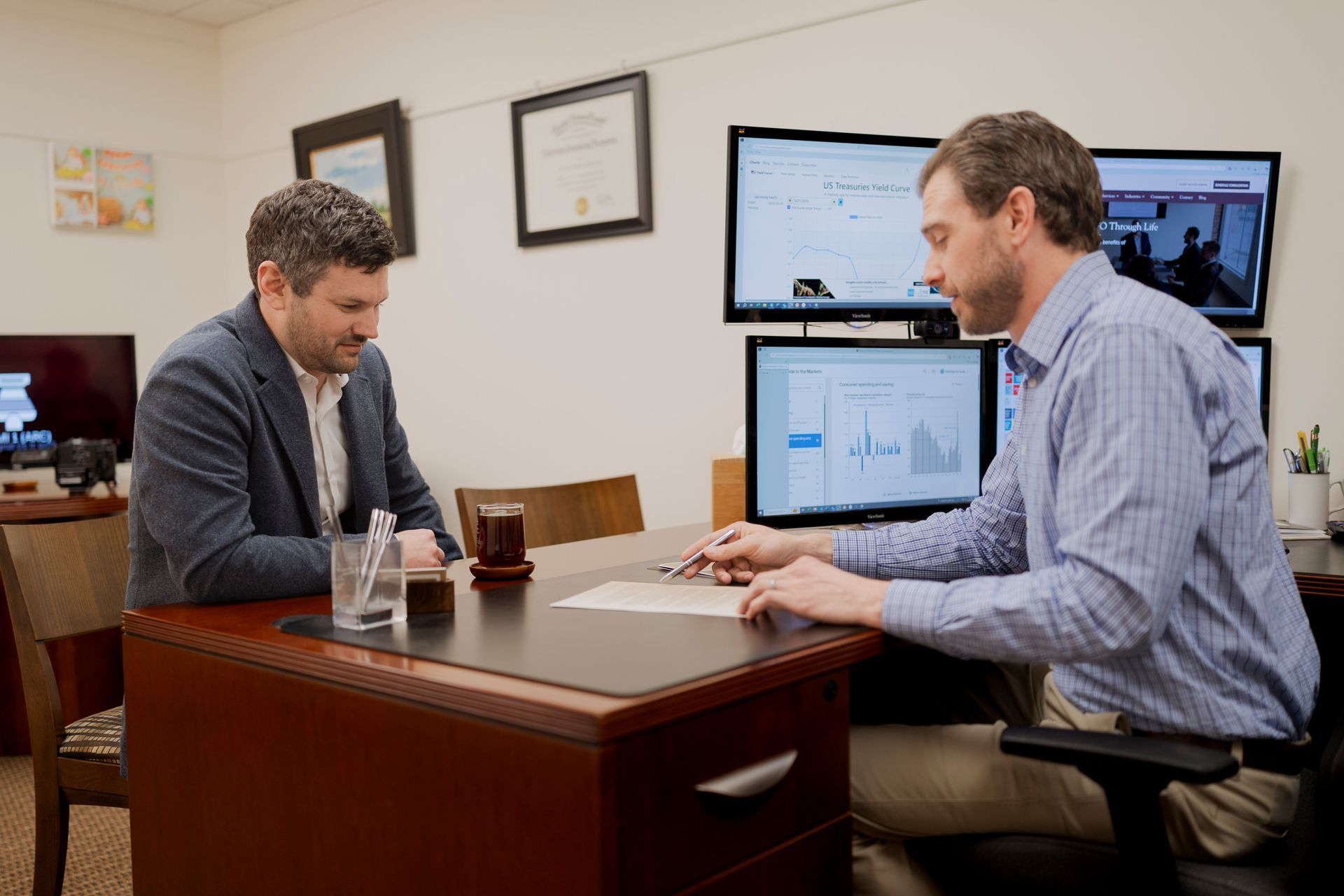Buttonwood Investment Policy Committee Update – June 2021
Economic Recovery Continues
As we approach the halfway point of 2021, we continue to see support for the optimistic base case of a strong economy. In mid-May we received impactful guidance from the CDC removing the need for mask mandates for those who had received vaccinations. It’s likely these comments accomplished two things: First, it gave those who had received the vaccine a green light to re-engage, and secondly, for those who hadn’t received a shot, it may have provided a bit of encouragement to do so.
Baseball teams began to announce the end to capacity restrictions for the rest of the season, and by May 25 th the NFL announced 30 of the 32 teams had been given approval to open to 100% capacity this fall. Summer travel guidance is becoming less restrictive and most experts agree that we will likely not see another COVID flare up until the fall – if it is to happen. Additionally, other developed nations are easing restrictions on international travel for those who are fully vaccinated.
Inflation Remains the Focused Risk
Despite ‘Help Wanted’ signs everywhere, labor shortages are the new normal in the food, travel & service industries. Many states are opting to remove federal enhanced unemployment benefits which could entice workers to return to work sooner. However, if understaffed and undertrained employees at hotels and restaurants lead to poor service, it’s likely the initial impact of the ‘reopening experience’ may fizzle faster than it would if the experience was amazing. Unfortunately, small businesses may be disproportionately affected as many lack the means to increase wages to compete with larger counterparts.
On June 10 th we received a hot CPI inflation report. On a y/y basis, the CPI increased 5.0%, the most since August 2008, while core CPI advanced 3.8%, the most since June 1992. As we have cautioned, a good part of the surge in inflation compares prices today to the lockdown period last year. Ned Davis Research estimates 1.0% of headline CPI inflation and 1.1% of core CPI inflation in May was due to the base effect. The trimmed-mean CPI, which omits outliers, increased 2.6% y/y, the most since January 2012, but well below core CPI inflation. The median CPI increased at a steady 2.1% y/y rate, barely up from the recent low of 2.0% y/y a couple of months ago.
Another risk to higher inflation is the continuation of supply chain disruptions for everything from microchips to cardboard . The lack of supply and increasing demand with reopening is causing inflation to increase. This in-turn will eventually prompt the fed to raise interest rates.
The consensus remains that the underlying inflation pressures are still broadly contained, but the ‘transitory’ inflation story is starting to see doubt. On June 18 th , the S&P 500 finished its worst week since February, after St. Louis Federal Reserve President James Bullard said interest rates may need to rise in 2022 to tamp down possible inflation. His comments came after the Fed on Wednesday added two rate hikes to its 2023 forecast and increased its inflation projection for the year, pressuring stock prices.
Positioning Investment Assets
In late May we rebalanced tax advantaged accounts, and in early June we shifted to a ‘hold cash’ position. Both moves prepare portfolios for a possible disorderly market move where inflation expectations become unhinged. One of the methods we used to help insulate portfolios from potential inflation-induced downdrafts is to further underweight fixed income and other duration-sensitive assets which we believe may be underpricing the inflation risk premium. In conjunction, we have increased exposure to real assets via the addition of commodities.
Consistent with this theme, we believe nominal yield curves will continue to steepen, not just in the US but across Europe as well, pulled up by accelerating economies, an abundance of liquidity, and pent-up consumer demand. As such we believe global value (financial) stocks are likely well positioned to continue to rally in this environment.
We also believe energy stocks and cyclical companies with operating leverage remain attractive tactical opportunities. With an emphasis on balance sheet health and limits on capital expenditures, we believe it is likely we will experience a prolonged period of mismatched supply and demand; potentially raising the outlook for energy companies’ top- and bottom-lines.
Cryptocurrencies have had a volatile few months of trading and are in the headlines daily. While we believe in the future of blockchain, currently we do not believe crypto investments align with our overall goal to produce a more consistent rate of return. As such, we have not included them in our allocations and do not plan to do so in the foreseeable future.
We will continue to provide ongoing updates on our views and investment positioning. Should you have specific questions about our strategy, please let us know and we will make sure to review details at our next meeting. And while we don’t recommend fixating on short term market fluctuations, if you would like to check specific investment performance across all your accounts, our Buttonwood Portal is available 24/7. Or you can contact us, and we will provide reports specific to your questions and financial life.
Thank you for your continued trust and allowing us to serve as your Family CFO!
Recent Buttonwood Articles
Are you ready to explore the benefits of your very own Family CFO?







